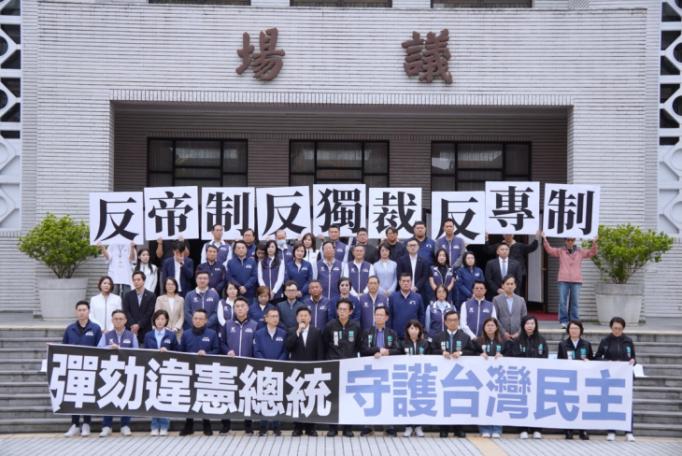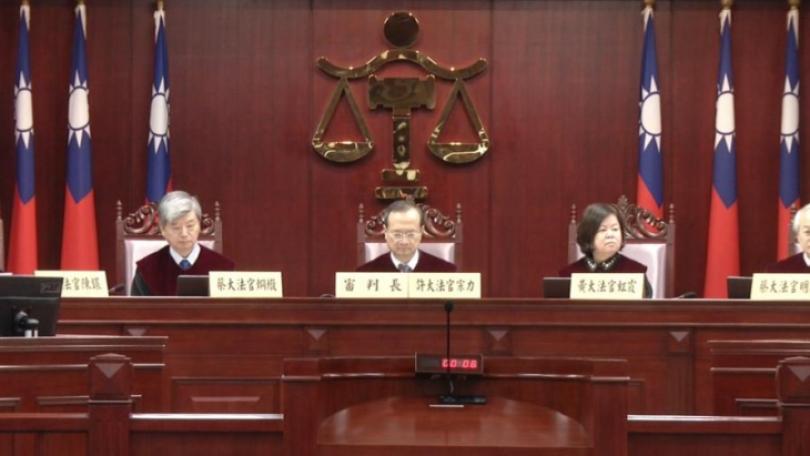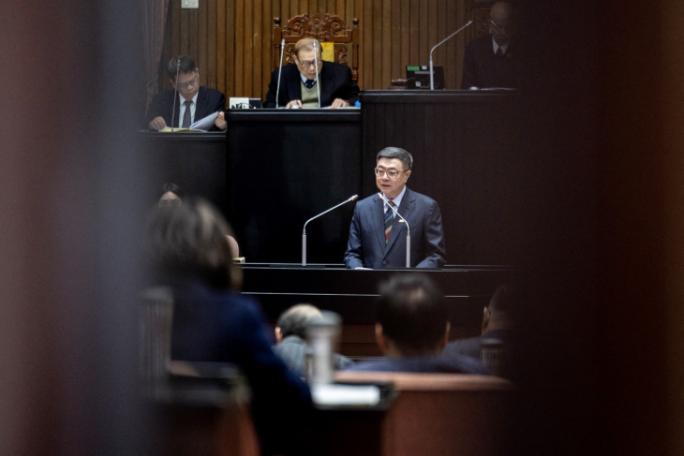Greenpeace: Taiwan Cities Lag Behind in Renewable Energy|綠色組織:6都能源轉型表現 與國際有差距

發布時間:
更新時間:
Green Peace International has published a report on the management of renewable energy in Taiwan's six major municipalities. The results show that these cities and counties have fallen significantly behind their peers in other countries when it comes to transforming its energy mix. The report also shows that Taichung comes in last among the six municipalities. In response, Taichung City government says they'll continue to promote Green Energy Roofs project to encourage the public to generate their own electricity.
70 percent of the global population live in urban areas. The cities account for more than 70 percent of the energy used and total carbon emission. In Taiwan, more than 80 percent of the population live in the six major municipalities. As the effect of global warming becomes increasingly clear, the development of renewable energy and the reduction of carbon emission has become an important goal for the 247 cities around the world. On June 20, Greenpeace International published a report on the management of renewable energies in Taiwan's six municipalities. The results show that Taichung, comes in last among the six cities.
Due to the lack of mid-to-long term goal in the policies that govern the development of renewable energy, the cities (in Taiwan) are not doing well it comes to integrating its resources to develop renewable energy.
According to the report published by Greenpeace International, Taichung City has consumed a total of 4.86 billion kilowatt-hours of electricity in the last five years. The figure shows an average growth of 19.5 percent, the highest among the six municipalities, and is 3 billion kilowatt-hours higher than that of Kaohsiung City, which comes in at No. 5. The report is produced based on a number parameters, including policies governing renewable energy development, growth in electricity consumption, and the growth in renewable energy in the total energy mix. The results show that Tainan City is performing well when it comes to implementing sustainable energy, whereas Taichung City leaves much room for improvement.
They can generate 1100 megawatts worth of electricity (if energy-generating roof tiles are installed), which would allow one coal-fired power plant in Taichung to reduce its production by 30% around the year. It would also generate NT$120 billion in economic revenue and create 31,000 new job opportunities.
In response to the report, Taichung City government says it has launched the Green Energy Roofs project to encourage the public to generate their own electricity.
We will first install energy-generating roof tiles on select residential buildings in Xitun and Nantun District. We'll use this as an example to push our policy forward. In the future, we hope we can install solar power roof tiles on farm houses.
Greenpeace International has called on the heads of the six municipalities to take up the responsibilities and develop renewable energy in order to help resolve air pollution and global warming.
全球有超過七成人口集中在都市,超過七成能源使用和碳排放也都來自都市,台灣更有超過8成人口,集中住在六都;不過全球暖化越來越嚴重,都市必須改變能源使用方式。發展再生能源減少碳排,成為全球247個城市,永續發展的重要趨勢。綠色和平組織20號公布一份報告,針對台灣六都再生能源治理進行評比,結果台中市在六都中敬陪末座。
綠色和平組織能源專案經理 李之安表示:「在缺乏整體再生能源,有一個中長期的再生能源目標,這樣政策推動領導之下,我們的這個城市再生能源治理,很難看到在整合,零星這個再生能源發展工作上面,有更好的成效。」
根據綠色和平組織的報告指出,台中市過去五年用電成長來到48.6億度,用電成長率高達19.5%,是六都中最多,甚至比排在第5名的高雄市,還多了超過30億度。這份六都再生能源治理評比報告,主要根據再生能源政、用電成長率,和再生能源成長量三項指標來評分,結果顯示台南市能源永續表現表現相對較佳,台中市則還有很大的進步空間。
綠色和平組織能源專案經理 李之安表示:「至少有1100 megawatts (兆瓦),以上的屋頂型,只是屋頂型太陽光電,這樣的發電潛力,可以減少相當於中火一部機組,全年降載百分之三十,這樣子的環境效益,他還有1200億產值的經濟的效益,它還有31000個新的就業機會的一個經濟的這樣的效益出來。」
對此,台中市政府表示,台中市為綠能屋頂全民參與推動計畫,先行推動示範城市之一。
台中市環保局主秘 商文麟表示:「目前先選定是在西屯區跟南屯區,來推動這樣的一個示範的一個行政區,未來我們希望這樣的示範計畫,可以再進一步推動到農舍的屋頂,能夠再裝設一些太陽能光電的一個發電裝置。」
綠色和平組織呼籲六都首長、善盡責任,比照國際都市,就「都市再生能源目標」做出承諾,一同解決空汙和暖化問題。










